What is the Wyckoff method in trading, part one - basic fundamentals and 3 laws
Most of us have come across two methods of market analysis - fundamental and technical.
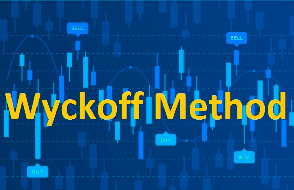
Each method uses many different tools, but in general, fundamental analysis is to explain the reasons for the movement of a trend, and technical analysis is to analyze the history of price movements.
In addition to the two methods we are familiar with, there is another approach to market analysis - the Wyckoff method.
This method includes many trading principles, theories and techniques to enable investors to make rational decisions rather than acting on emotions.
About the father of the Wyckoff method
Wyckoff's full name was Richard Demile Wyckoff (November 2, 1873 – March 7, 1934). At the age of 15, he began his career in the financial markets as an order taking clerk for a brokerage company in New York.
After more than 10 years of work and experience, he opened his own brokerage firm.
Studying successful traders of his time such as Jesse Livermore, E. H. Harriman, James R. Keene, Otto Kahn, J. P. Morgan... he developed the Wyckoff method through systematization.
To create the system, the best trading methods of legendary financiers were used, plus the rules and principles of money management .
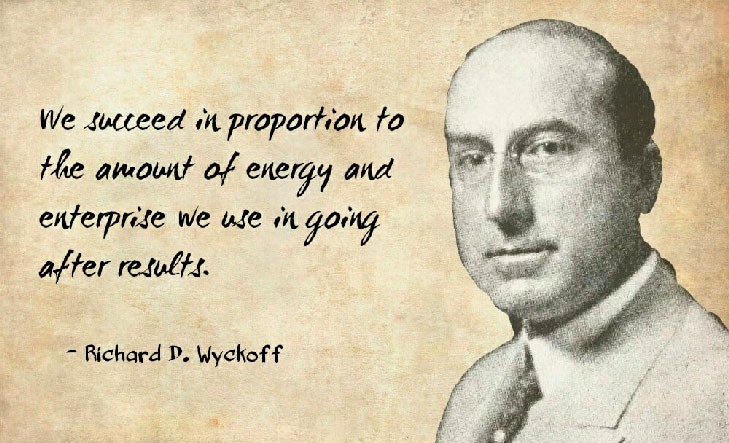 Richard applied his method to the financial markets, particularly stocks, which allowed him to significantly increase his wealth.
Richard applied his method to the financial markets, particularly stocks, which allowed him to significantly increase his wealth.
In addition to engaging in stock trading activities, Wyckoff is the founder and editor of the famous financial publication Wall Street Journal. In 1930, he founded the academy that later became Wyckoff's American Practice.
This academy offers training courses on Wyckoff's theory and practical approach to trading, including selecting promising stocks, placing buy or sell orders, analyzing the phases of variables, price action... These courses are still taught today by his students such as Hank Pruden or Bob Evans.
Although the Wyckoff method was originally applied to stocks, it is still used in various types of financial markets.
The Wyckoff Method is still an important part of the graduate training program at Golden Gate University in San Francisco, USA, and is successfully used by many investors in daily market transactions.
Basic principles of the Wyckoff method
The Wyckoff Method is a series of trading rules, principles and techniques designed to help traders evaluate the overall market, find promising stocks and set trading goals.
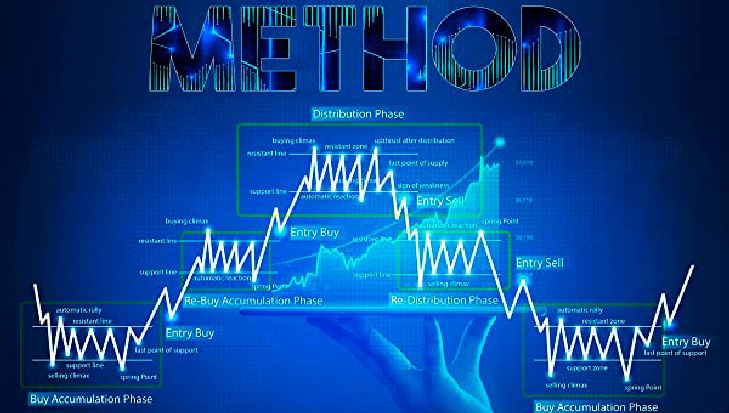
Since its inception, many trading models have emerged in which there are two very famous methods that are widely used in the market, namely the Spring and Upthrust model and the Spring and Upthrust method. and price analysis).
However, in this article we will not go into an in-depth analysis of these two methods, but will mainly introduce you to the basic elements of the Wyckoff method, helping you to better understand this school of analysis at the initial stage.
The following parts of the article will describe the main elements of the Wyckoff method:
- 3 basic laws of the Wyckoff method
- Price cycle
- Diagram
- "Composite Man" concept.
- 5 steps to the market
3 laws of the Wyckoff method
The Wyckoff methodology is based on three rules that affect all aspects of market analysis.
Such as identifying current and future trends, choosing the best stocks to trade, determining trading ranges, and forecasting profit targets.
Law of supply and demand
The law of supply and demand determines the direction of prices. This is the central principle of the Wyckoff method.
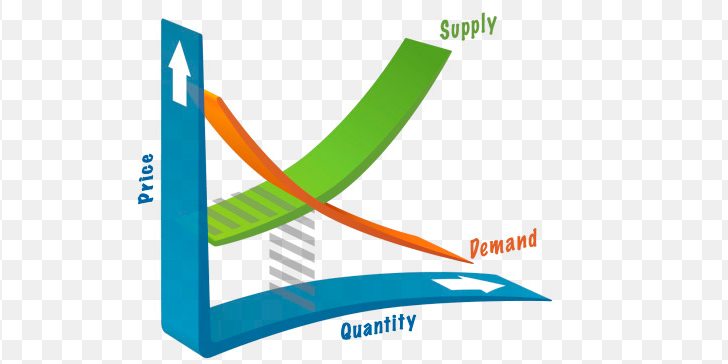
When demand exceeds supply, the price increases, and when supply exceeds demand, the price decreases.
You can imagine this rule simply like this: demand is the number of buyers, supply is the number of sellers, when there are more buyers than sellers, it means that the demand for the product is high, the price will be higher. Conversely, when there are more sellers than buyers, that is, supply is higher than demand, the price of the product will decrease.
This rule works in any market, and is fundamental, and not just the Wyckoff method.
Based on this rule, investors can study the balance between supply and demand by comparing the corresponding prices and trading volumes.
Although this is a fairly simple and understandable rule, accurately assessing the balance of supply and demand on a chart and understanding its impact on the market is quite difficult, requiring a detailed analysis of historical data and the current situation.
Law of Cause and Effect
This rule helps determine target prices by assessing the potential level of a particular trend.
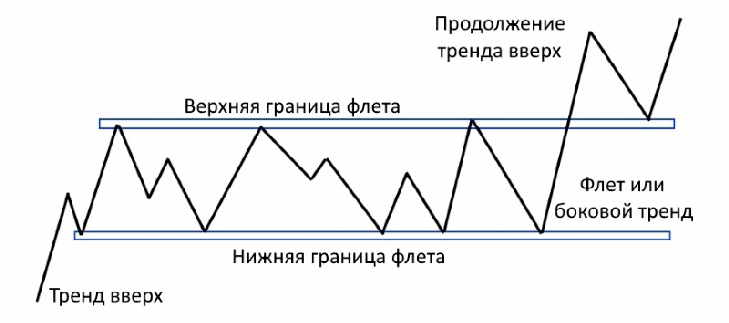
To describe this pattern, Wyckoff uses a tic-tac-toe chart, where the cause is measured by the number of points moving sideways on the chart (the accumulation/distribution period), and the effect is measured by the distance the price moves according to that number of points (after exiting accumulation/distribution phases).
We will dwell on this point in more detail in the next part of the article.
The longer the price moves sideways, the stronger the trend will be when the price breaks out of the flat .
Law of effort and result
The Law of Effort - Results warns of the possibility of a trend change in the near future.
The relationship between price and volume is one of the important signals that a trend may stop or reverse.
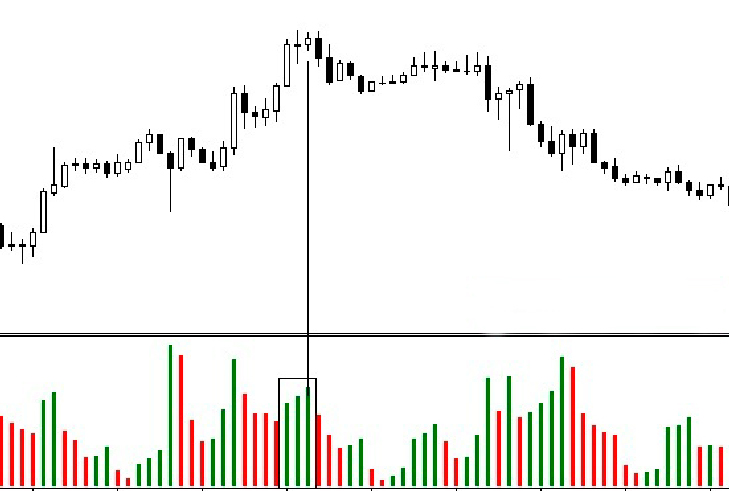
After a sharp decline in trading volumes, three sessions of increasing volumes followed, but the price growth occurred at a much slower pace, and there was no breakdown of the previous maximum, which led to a trend reversal.
The second part of the article - https://time-forex.com/tehanaliz/cenovoy-cykl
